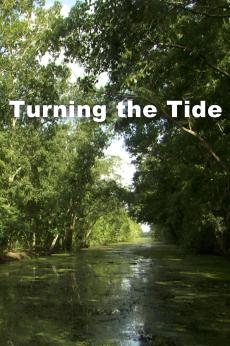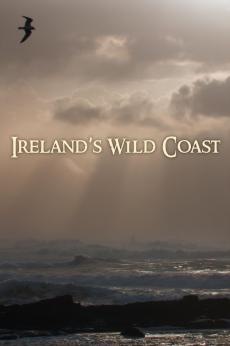Sage-Grouse Display Lekking Behavior
In the springtime, male greater sage-grouse (Centrocercus urophasianus) gather in groups, called leks, to compete for females. Males guard a territory a few meters in size (on average) and try to attract a mate by ruffling feathers and making a distinctive noise produced by air sacks in the chest.
Previews + Extras

Fences Create Problems for Pronghorn
S33 E16 - 1m 50s
The pronghorn is the fastest land animal in North America. However, an increasingly fragmented landscape, divided by ranchers' fences, is creating problems for the fleet-footed creature.

The Sagebrush Sea - Preview
S33 E16 - 41s
One of the most overlooked ecosystems on the continent consists of a massive sea of sagebrush that stretches across 11 states in the American West. This spartan yet spectacular landscape supports more than 170 species of hardscrabble birds and mammals. And among those that have adapted to survive here are birds found no place else – Greater Sage-Grouse.
Similar Shows
WETA Passport
Stream tens of thousands of hours of your PBS and local favorites with WETA Passport whenever and wherever you want. Catch up on a single episode or binge-watch full seasons before they air on TV.









